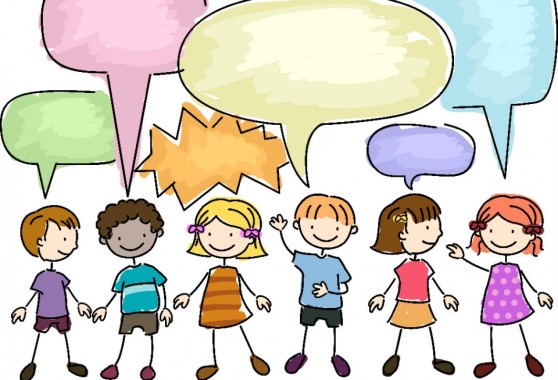My nanny and I were laughing the other day about my 15-month-old being a wiggly bag of worms on the changing table. I mentioned that I try to distract her when I’m changing a messy diaper, in an effort to curtail her movement and keep her hands north of the mess. I’ll ask her to point to her body parts: Where’s your nose? Where’s your mouth? Where are your…teeth?, and have her name animal sounds: What does a doggy say? How about a cow? Can you make a monkey noise?
Needless to say, at her recent pediatrician appointment, besides telling the doctor a resounding “No!” before her shots, my Roly-Poly demonstrated far more than the 3-word minimum. With her trotting skills and language skills, I guess she is officially becoming “Walkie-Talkie #2″ rather than “Roly-Poly”!
It is amazing to me how distraction can change the direction of a toddler’s behavior meltdown or single-minded insistence that things go exactly. the. way. they. want. Try these tips at home:
~When putting on your child’s shoes, rather than pinning their wiggly body down with one arm, start asking them questions about where you are going.
~Make up a song about anything, add the tune of a basic “Mary Had a Little Lamb” or “Twinkle Twinkle Little Star”, and serenade them through the store (Yes, I have done this… As quietly as possible. But it’s a lot better than a tantrum!) I have made up a song about “I wonder what we should have for dinner… oh my, that’s too expensive… just one more can of this…” with a little drum action on the cart from my daughter.
~Use a toy or book to draw their attention to something else when you get the sense that they are about to head down the meltdown road.
~Keep your child well-fed and restedbut remind yourself that bad behavior is often your child just trying to understand limits and their place in the world. Getting down on their level, making eye contact, and slowing the frantic pace of life can help them feel heard and secure in the uncertainty that surrounds their little world.
~Keep a bottle of wine or some favorite tea bags handy for when they are sleeping like a little angel.
How do you positively redirect your child? What tips could you add to this list?
